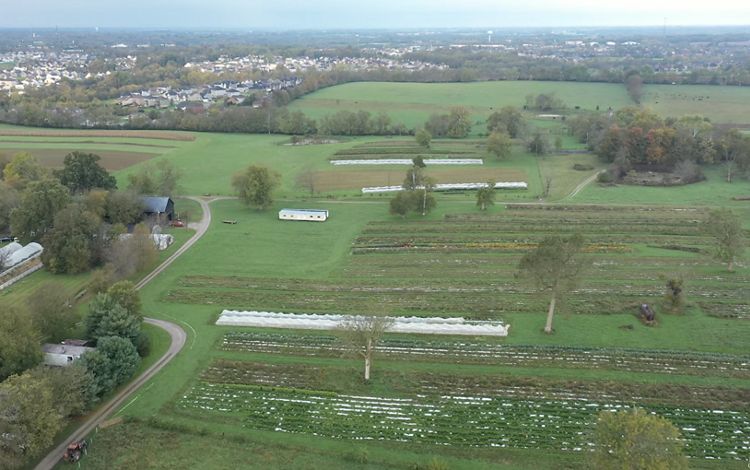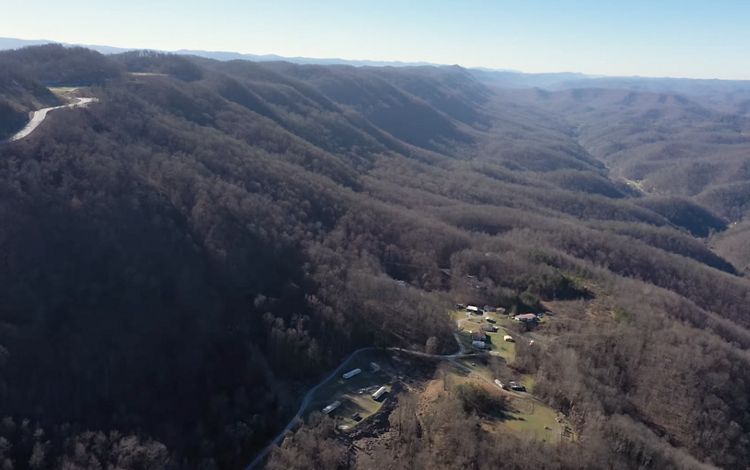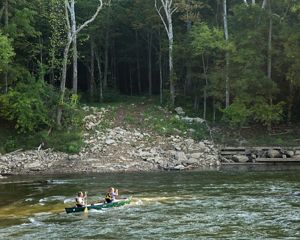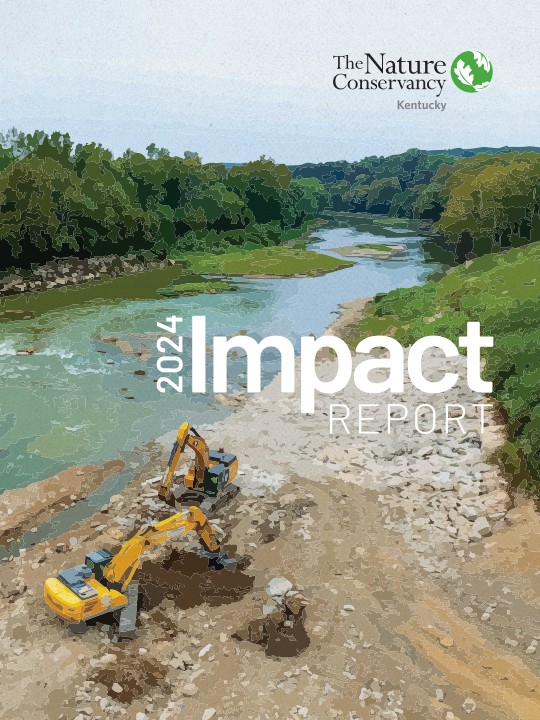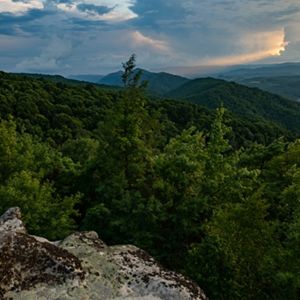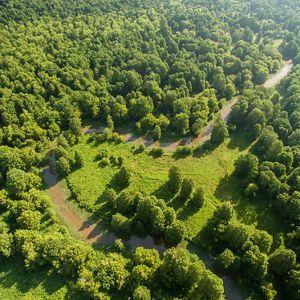Across the Decades, Pride for Kentucky
Anniversaries are times for reflection—to appreciate where we come from and what we have accomplished. As we mark The Nature Conservancy's 50 years of conservation success in Kentucky, we are optimistic for what lies ahead, and with your support, our collective ability to meet the moment.
Download
Looking back on a year of conservation accomplishments in Kentucky, with a focus on continuing impactful work in our state.
DOWNLOAD
Conservation Agriculture
Discover more about the ways we work with farmers, right here in Kentucky, to help enact farming practices that are beneficial for people and nature.

Policy and Government Relations in Kentucky
Learn how we partner with state and local governments for a more sustainable future for people and nature in Kentucky.
See the Places We Protect in Your Community
From rivers and wetlands to forests and prairies, TNC is protecting some of Kentucky's most beautiful and biodiverse areas. Learn more about our preserves and plan your visit today!
EXPLORE OUR PRESERVES
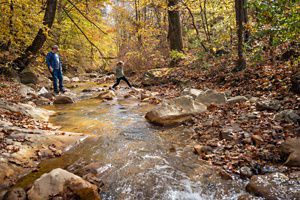


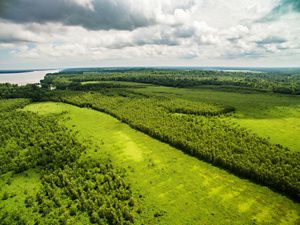

Robinson Forest : Fall foliage highlights Robinson Forest in Kentucky. © Thomas Barnes

Kentucky General Assembly: The investment by Kentucky’s General Assembly would provide permanent public access to the 55,000-acre Cumberland Forest Project in Kentucky. © Mike Wilkinson

Kentucky's Big Rivers Corridor-Interior Road: Interior Road at Kentucky's Big River Corridor Project © Mark Godfrey/The Nature Conservancy

Kentucky Skies: Dawn over the Mississippi River near Hannibal, Missouri. The Nature Conservancy works to protect the Mississippi River and its watershed through the Great Rivers Partnership which is a collaboration between a wide array of partners dedicated to the conservation of the world's great river systems for the benefit of the people and the species that depend upon them for life. © Mark Godfrey/The Nature Conservancy

West Kentucky: An aerial view of western Kentucky shows forest and farmland leading up to the Mississippi River. © Mike Wilkinson

Kentucky Stories
Read in-depth Q&As with Kentuckians who care about conservation. We are inspired by these individuals and hope you will be, too!

The Cumberland Forest Project
This 253,000-acre project spans three states and aims to demonstrate that people and nature can thrive together.
We Can’t Save Nature Without You
Sign up to receive monthly conservation news and updates from Kentucky. Get a preview of Kentucky's Nature News email.

